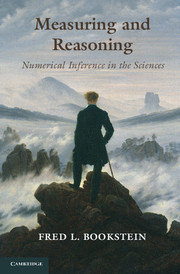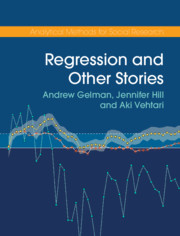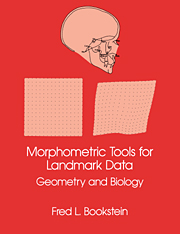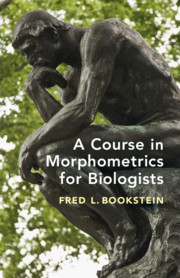Measuring and Reasoning
In Measuring and Reasoning, Fred L. Bookstein examines the way ordinary arithmetic and numerical patterns are translated into scientific understanding, showing how the process relies on two carefully managed forms of argument:
• Abduction: the generation of new hypotheses to accord with findings that were surprising on previous hypotheses, and
• Consilience: the confirmation of numerical pattern claims by analogous findings at other levels of measurement.
These profound principles include an understanding of the role of arithmetic and, more importantly, of how numerical patterns found in one study can relate to numbers found in others. More than 200 figures and diagrams illuminate the text. The book can be read with profit by any student of the empirical nature or social sciences and by anyone concerned with how scientists persuade those of us who are not scientists why we should credit the most important claims about scientific facts or theories.
- Includes two hundred pictures and diagrams that convey the essence of the subject matter without requiring any mastery of the underlying theories
- Features dozens of worked examples, many of historical importance, capturing the essence of the most powerful tools for quantitative reasoning across the natural and social sciences
- Explanations of the logic and rhetoric of the bell curve, regression and correlation, and likelihood tests as they drive today's best examples of scientific reasoning
Product details
February 2014Hardback
9781107024151
559 pages
235 × 160 × 34 mm
0.89kg
180 b/w illus.
Available
Table of Contents
- Part I. The Basic Structure of a Numerical Inference:
- 1. Getting started
- 2. Consilience as a rhetorical strategy
- 3. Abduction and strong inference
- Part II. A Sampler of Strategies:
- 4. The undergraduate course
- Part III. Numerical Inference for General Systems:
- 5. Abduction and consilience in more complicated systems
- 6. The singular value decomposition: a family of pattern engines for organized systems
- 7. Morphometrics, and other examples
- Part IV. What Is to Be Done?:
- 8. Retrospect and prospect.






